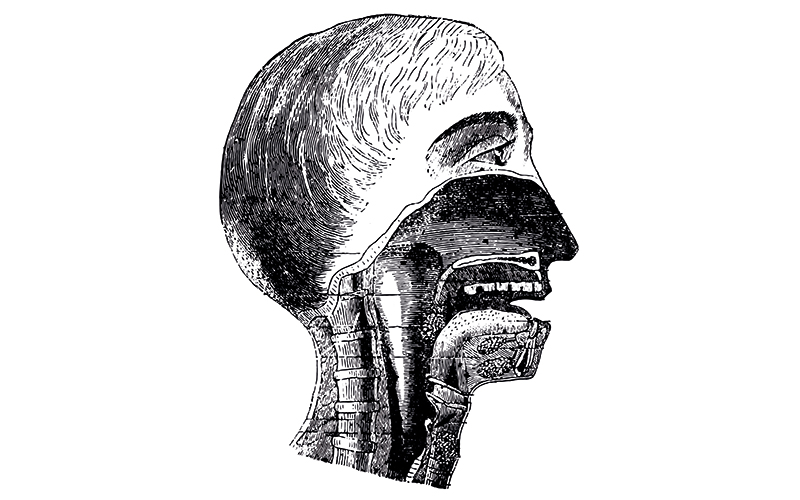This is the fifth in a series of short biographies of persons whose names are directly used for diseases, conditions or syndromes familiar to those in clinical pathology laboratories.

Robert Graves (1797–1853) was an Irish physician who was born in Dublin, the youngest son of the Dean of Ardagh, Richard Graves, and his wife Elizabeth Drought. He was an outstanding undergraduate in Science and the Arts at Dublin University and obtained his medical degree in 1818. During the next two years he travelled widely to visit medical schools in London, Edinburgh, Göttingen, Berlin and Copenhagen. He also had some dramatic experiences including imprisonment in Austria and later, on a Mediterranean voyage, he was reputed to have performed heroics to save the ship and crew using leather from his own shoes to repair the failed pumps. After his travels he returned to Dublin in 1821 and helped to found a new medical school at Park Street. In the same year he was appointed Chief Physician at the Meath Hospital in Dublin. He introduced many reforms, including bedside teaching in Ireland, and he placed a high importance on practical clinical teaching. He was highly respected as an excellent teacher and his clinical lecture series became the standard model for his contemporaries. His Clinical lectures on the practice of medicine, published in 1848, maintained his reputation. In 1832 he co-founded the Dublin Journal of Medical Science, collaborating later with Dr W Stokes, and in 1838 he became President of the Pathological Society. He died in 1853 from liver disease whilst at his country residence. His highly valued reports and research findings are reflected in his library, which was donated to Trinity College Dublin.
Clinical reports and observations
Graves reported his experiences dealing with infectious diseases, notably a series of typhus fever outbreaks. He also described a number of conditions affecting the skin, such as angioneurotic oedema, scleroderma and erythromelalgia, and the characteristic “pin eye” pupils resulting from a haemorrhage in the pons area of the brain.
Please click here to read the full article.




